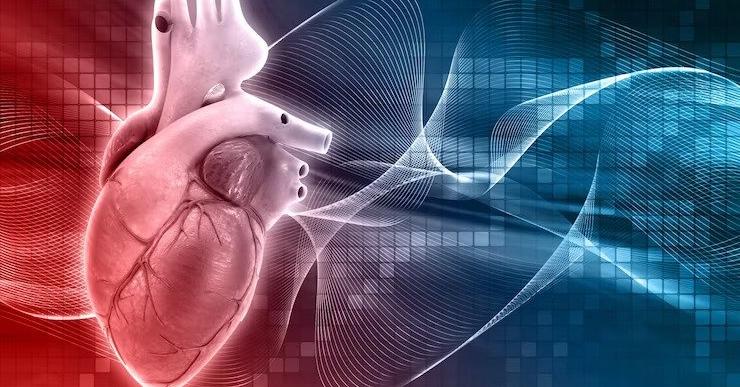Congenital heart defects (CHDs) are conditions present at birth that affect the structure and function of the heart. Despite advancements in medical science, CHDs remain a significant concern, impacting individuals of all ages. In this exploration, we navigate the journey from diagnosis to treatment, shedding light on the complexities of congenital heart defects and the comprehensive approaches to address these conditions.
The Landscape of Congenital Heart Defects:
Congenital heart defects encompass various structural abnormalities affecting the heart’s chambers, valves, walls, or blood vessels. These conditions arise during fetal development and may manifest in varying degrees of severity, from minor issues that require no intervention to complex defects requiring immediate medical attention.
Prenatal Diagnosis and Screening:
Advancements in medical imaging have enabled the early detection of congenital heart defects during prenatal care. Fetal echocardiography, a specialized ultrasound, allows healthcare providers to visualize the developing heart and identify structural abnormalities. Early diagnosis prepares parents and healthcare teams for potential interventions and treatment after birth.
Types and Variations of CHDs:
There is a broad spectrum of congenital heart defects, each with unique characteristics. Ventricular septal defects (VSDs), atrial septal defects (ASDs), tetralogy of Fallot, and aortic coarctation are just a few examples. The specific type and complexity of the defect guide the treatment plan.
Postnatal Diagnosis and Immediate Interventions:
In cases where CHDs are not detected prenatally, symptoms may become apparent shortly after birth. Newborns with critical congenital heart defects may require immediate medical intervention, often involving surgical procedures or catheter-based interventions to address the structural abnormalities and ensure proper blood circulation.
Surgical Interventions:
For many congenital heart defects, surgical interventions play a crucial role in correcting structural abnormalities and optimizing cardiac function. Pediatric cardiothoracic surgeons specialize in intricate procedures to repair or reconstruct heart structures, allowing children to lead healthier lives.
Catheter-Based Interventions:
Advancements in medical technology have led to the development of less invasive catheter-based interventions for certain congenital heart defects. These procedures in a catheterization laboratory involve threading a catheter through blood vessels to repair or treat the defect, minimizing the need for open-heart surgery.
Long-Term Management and Follow-Up Care:
Congenital heart defects often require lifelong management and follow-up care. Regular check-ups with pediatric cardiologists, cardiac function monitoring and addressing potential complications are integral components of post-treatment care. Individuals with CHD may also benefit from specialized cardiac rehabilitation programs.
The impact of congenital heart defects extends beyond the physical realm, affecting emotional and psychosocial well-being. Families and individuals navigating the journey from diagnosis to treatment often benefit from support groups, counseling, and resources that address the emotional aspects of living with a congenital heart condition.
Research and Innovation:
Ongoing research and innovations in congenital heart defects contribute to improved diagnostic techniques, treatment modalities, and long-term outcomes. The collaboration between medical professionals, researchers, and advocacy groups continues to shape the care landscape for individuals with CHD.
Advocacy and Awareness:
Advocacy and awareness initiatives foster understanding and support for individuals with congenital heart defects. By raising awareness about the prevalence of CHDs, promoting early detection, and advocating for accessible and comprehensive care, the global community can contribute to improved outcomes for those affected by these conditions.
Conclusion:
From the early stages of prenatal diagnosis to the ongoing management of congenital heart defects throughout life, the journey involves collaboration among healthcare professionals, families, and individuals. Understanding the complexities of CHDs, advancing medical interventions, and providing holistic support contribute to ensuring that individuals with congenital heart defects can lead fulfilling lives and thrive despite the challenges presented by these conditions.






